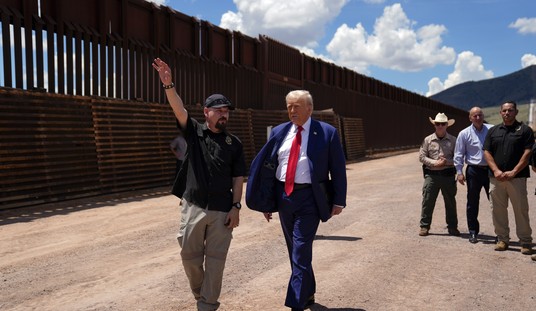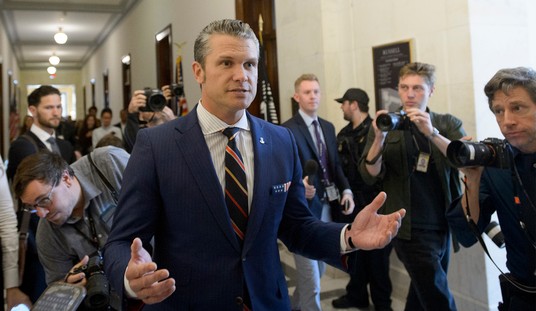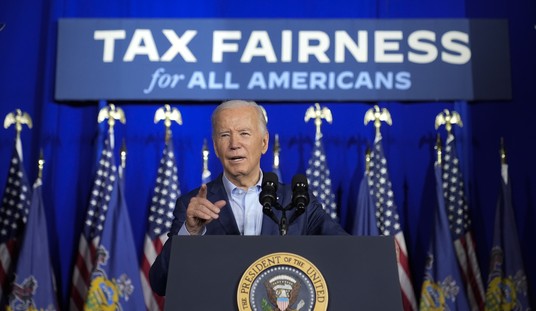A smoking gun is indisputable evidence of guilt in a whodunit mystery. It is rare to find dispositive intelligence of noncompliance regarding nuclear issues. So there is need even for sources like Israel and the Iranian opposition that have a stake in the outcome.
Israel seeks to demonstrate Iran was in breach of the first step reached with the major powers over its nuclear program. Prime Minister Benjamin Netanyahu supposedly ordered Jerusalem’s intelligence agencies find evidence of noncompliance to make it easier to impose additional sanctions on Iran after the November 24 Geneva accord. But collaboration between western and Israeli intelligence casts doubt on whether Israeli intelligence is autonomous. An Iranian opposition group, the National Council of Resistance of Iran (NCRI) is an independent source. The Los Alamos National Laboratory, stated, ‘They’re [the NCRI] right 90 percent of the time. That doesn’t mean they’re perfect, but 90 percent is a pretty good record.”
Because of NCRI revelations, a dual-track strategy of talks and sanctions began. France, Germany, and the UK negotiated to resolve the nuclear issue in 2004 and 2005. China, Russia, and the United States joined in 2006; so the Permanent Five members of the UN Security Council + Germany—began talks with Iran.
The most important smoking gun revelation occurred during August 2002. NCRI exposed a secret nuclear facility near Natanz. An independent think tank, Institute for Science and International Security (ISIS), confirmed the revelation, identified the site as a uranium enrichment facility, and released imagery of Natanz in December 2002.
NCRI was source of several other critical revelations, including in August 2002 of the heavy water production site at Arak. The ISIS stated, “The existence of this facility was first revealed publicly by the Iranian opposition group, National Council of Resistance of Iran (NCRI), in August 2002. ISIS then located the site in commercial satellite imagery after a wide-area search. By United Nations Security Council resolution 1737 (2006), Iran was to suspend all work on heavy water related projects.”
Recommended
In December 2005, NCRI intelligence revealed a nuclear site near the city of Qum. Tunneling in the mountains was initiated in 2000 to construct an underground nuclear facility; the Western allies publicly acknowledged the Qum site in September 2009. Prompted by such publicity, Tehran also admitted in September to the existence of a uranium enrichment facility about 20 miles north of Qum.
In January 2012, Iran stated it had begun enrichment at the Fordow Fuel Enrichment Plant. An IAEA report of August 2012 focuses on Fordow and Parchin. An ISIS report of September 2004 suggested Parchin was a suspect nuclear site, which complements revelations of the NCRI a year later, based its human sources on the ground.
There were about 3,000 centrifuges at Fordow, according to a revelation by the NCRI in July 2013. It also exposed new construction of tunnels, halls and working areas for secret nuclear enrichment in Damavand area, near Tehran by the Omran Institute—the entity that handled the Fordow enrichment site.
And the NCRI revealed on November 18, 2013 a military industrial complex near the city of Isfahan, which the ISIS had described in September 2004 as a site for manufacturing centrifuge machines for enrichment. According to Jane’s Defence Weekly, The NCRI revelation held that it might be a suspect site for weaponization because it was being run by a unit that deals with weapons activity.
Smoking guns raise the question of “After Detection, What?” One such issue is imposing sanctions in the event of evasion. On December 3, the Foundation for Defense of Democracies stated that in spite of a strong congressional push to levy new sanctions on Iran if it reneges on the tentative deal or fails to strike a final bargain, it is increasingly unlikely the Hill will act in 2013.
During early 2014, it is also important to expand sanctions targeting Iran’s human rights violations. Given its revelations, NCRI members are under siege in Camp Liberty Iraq on behalf of Iran. In addition to preserving the NCRI as a source of intelligence, their human rights need to be protected, especially as International Human Rights Day approaches on December 10.
President Obama and the First Lady visited hunger strikers near Capitol Hill to discuss stalled immigration overhaul. They might also visit hunger strikers camped near the White House to bring attention to human rights for Iranians trapped in Iraq, signaling to Tehran that both its nuclear and human rights violations are at issue.

























Join the conversation as a VIP Member